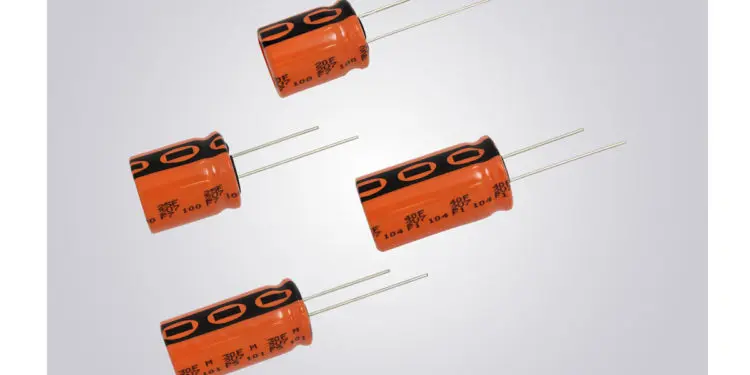Vishay Intertechnology, Inc. today announced that its ENYCAP(TM) electrical double-layer energy storage capacitors for energy harvesting and power backup applications are now available in seven smaller case sizes ranging from 10 mm by 20 mm to 12.5 mm by 40 mm, with capacitance values from 5 F to 22 F.
With their new compact sizes, the standard 220 EDLC, ruggedized 225 EDLC-R, high voltage 230 EDLC-HV, and ruggedized, high voltage 235 EDLC-HVR series ENYCAP capacitors increase power density and save space in a wide range of industrial, renewable energy, and automotive applications. These include smart meters, handheld electronics, robotics, energy harvesting devices, E-latch door systems, emergency lighting, and more.
Ideal for standard and harsh, high humidity environments, Vishay’s ENYCAP capacitors offer useful life up to 2,000 hours at +85 °C to enable maintenance-free operation and greater design flexibility. Ruggedized devices meet the highest class of moisture resistance, the biased 85 °C / 85 % RH 1500-hour test, while high voltage capacitors offer rated voltages up to 3.0 V. The RoHS-compliant, AEC-Q200 qualified devices feature rapid charge and discharge performance and are available in through-hole versions.
Samples and production quantities of the ENYCAP capacitors in the smaller case sizes are available now, with lead times of six weeks for larger quantities.































